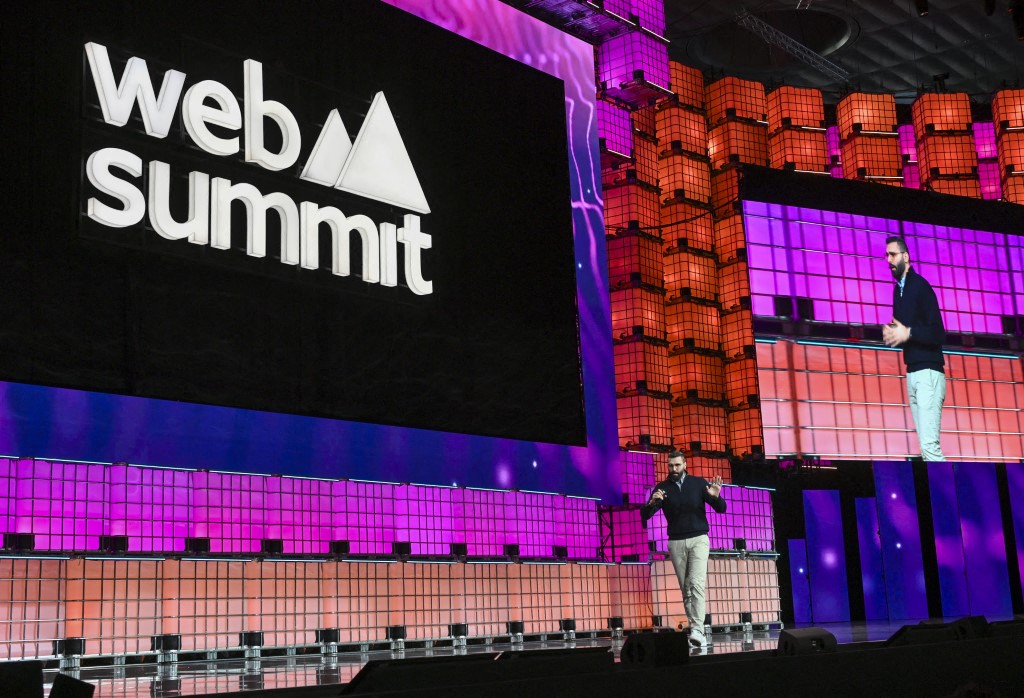The pandemic initiated a landslide shift towards digital consumption, which lead to a permanent change in consumers’ consumption habits online. Brands, advertisers, and marketers are continuously working on optimizing experiences while anticipating and responding to new consumer needs and behaviors.
Gemma Spence, Global Vice President for Transformation at VMLY&R Commerce is at the forefront of commerce transformation for over 12 years now. In her leadership, Spence, with her depth of knowledge across FMCG, automotive, electronics, and beauty brands has been empowering brands, marketers, retailers, and agencies to navigate across the full e-commerce value chain of management and strategic channel planning.

In the image above: Gemma Spence, Global VP for Transformation at VMLY&R Commerce
In an exclusive interview, Communicate discusses with Spence the converging nature of various offerings in commerce and how businesses today can work for success through it.
Creative Commerce = connected culture + connected experiences
Last year, Cannes Lions dropped the ‘e’ in one of its most recognized categories among entrants – Creative Commerce. It’s no news that this commerce whirlwind is growing. But what does it mean for brands across the globe?
When we asked Spence to look into her crystal ball and underline a faint prediction on where commerce is headed, she said, “It’s worth noting that we witnessed 10 years’ worth of development across digital commerce in just mere 10 months, when the pandemic hit. We’ve also seen recalibration and rebalance, and today the world is heading towards connected commerce and curating connected experiences. A lot of the technology, whether it's in physical stores or on a consumer’s phone is very addressable. Eventually, connecting, resonating, and driving that emotional connection from a brand, but also from an experience and moment perspective is going to become a priority to drive physical experiences.”
Spence anticipates that it’s all going to be based on capturing attention. “That’s where creativity comes in,” she added. “It’s about taking the insights from data, and then connecting and nudging people to action. So, for me, I know, the future is going to be truly connected. Brands will need to focus on connected experiences that are addressable and focused on attention.”
To further explain connected experiences, Spence cited VMLY&R Commerce’s work for Corona, the beer, in Latin America. To tackle the issue of pickpocketing in Mexico’s football stadiums, the agency created a new and innovative contactless payment method that turns team jerseys into digital wallets, allowing fans to show their passion for their teams while allowing Corona to capitalize on this most important consumption moment.






